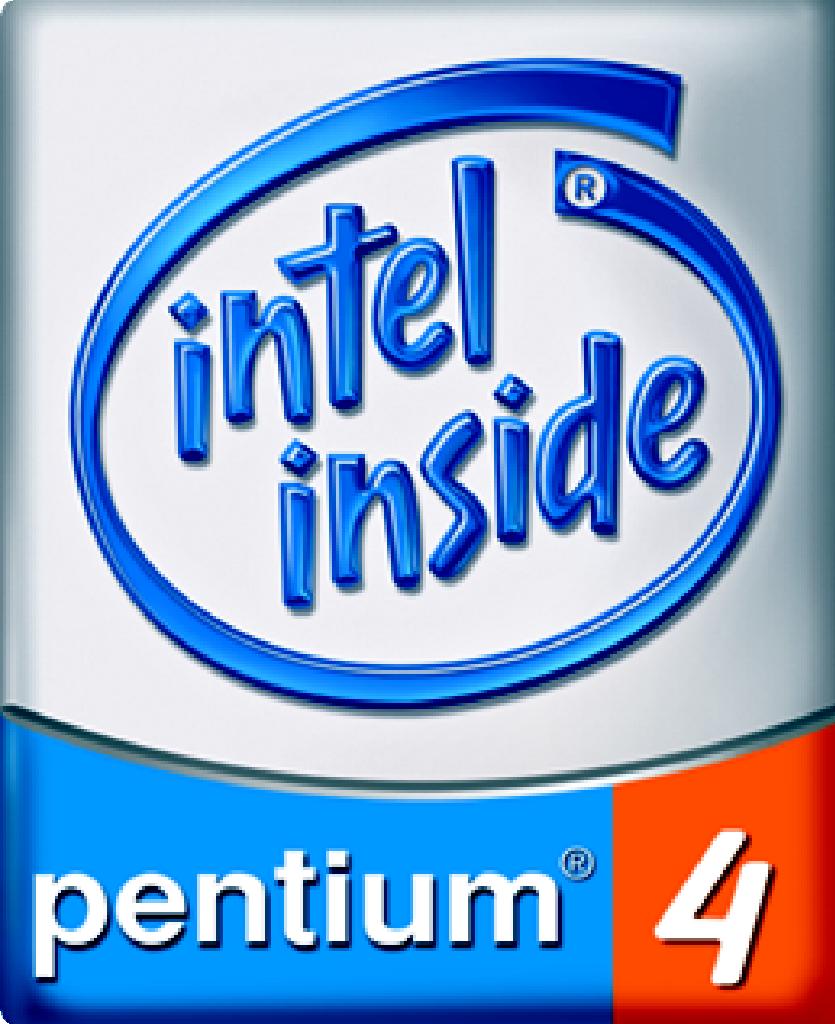They were the undisputed leaders of all cellular handset communications. But how did Motorola and Nokia get dethroned in such stunning fashion? The introduction of the iPhone in 2007, followed closely by the emergence of Samsung rapidly inflicted mortal wounds on both brands. After decades of dominance their businesses evaporated in a short few years.
Google for Motorola, and Microsoft for Nokia, failed at attempts to revive both brands. There’s a Nokia brand somewhere out in the wilderness, and all Motorola is good for is some IP.
Lenovo acquired Motorola Mobility from Google in October, 2014. The Lenovo CEO vowed to restore the brand to greatness. A 1/17/17 WSJ article does a good job of analyzing the missteps of Lenovo in trying to integrate Motorola into an existing handset business. The article is credible in explaining issues with different cultures, business situations, etc.
Lenovo was confident in their Motorola acquisition. After all they were successful in acquiring and integrating the IBM PC business in 2005. They succeeded in reconciling a U.S. centric leadership with Chinese management.
These points are valid but I think in the case of both Nokia and Motorola the brands simply got tired, even exhausted, and the people who built the brands either exited or became complacent. The boldness that once brought these brands at the head of an explosive mobile world diminished.
It’s not even about the brands missing the smart phone shift. Nokia had its versions even before Apple came on the scene, and tried valiantly to market their smart phones while they were still well ahead. To no avail.
Once Apple’s iPhone redefined the design and technology usage of the phone in a way that tapped into the growing momentum of the Apple ecosystem and avid brand loyalty the shift to new leaders was inevitable. Moreover, today global penetration of handsets is high and growth is slowing so the space is smaller to maintain multiple brands.
I’m not sure today there’s room for too many profitable brands not named Samsung or Apple, or really anything Motorola or Nokia could have done differently to reverse their circumstances. The mobile carriers have strengthened their consumer relationship dominance by partnering with Samsung and Apple which limits new entrant possibilities.
Nokia and Motorola were bright brands from the 90’s that defined the way we communicate today. But they tired and could not survive the creative destruction wrought by newer, prettier, better designs and technologies.
What will we say about Apple and Samsung mobility 10 years from now? Why are they not susceptible to the same vulnerabilities of their predecessors?
They are. And for both companies mobile phones aren’t all they do.
The launch of the highly touted but explosive Samsung Galaxy 7 in 2016 is a result of heated competition to beat Apple. This effort backfired on Samsung. Now Apple has breathing room. In the near term the appetite for any aggressive market launches of new products is tempered. But will this lead to a complacency that affects the established brands’ leads? Will the major players be overtaken by other rivals- known and unknown?
Peter Klinge, Jr. is a growth executive who pays attention to business and market trends that affect companies large and small. He focuses on helping companies identify profitable, revenue development opportunities.




